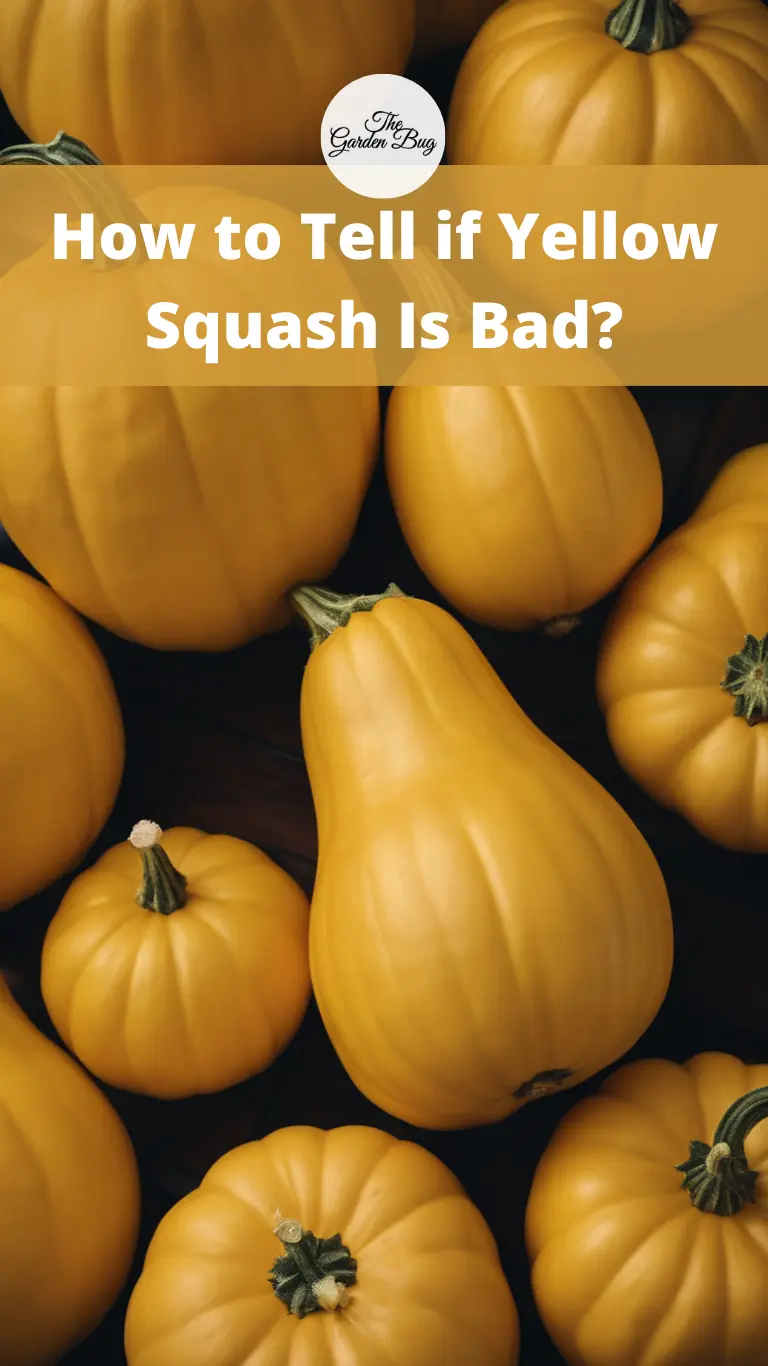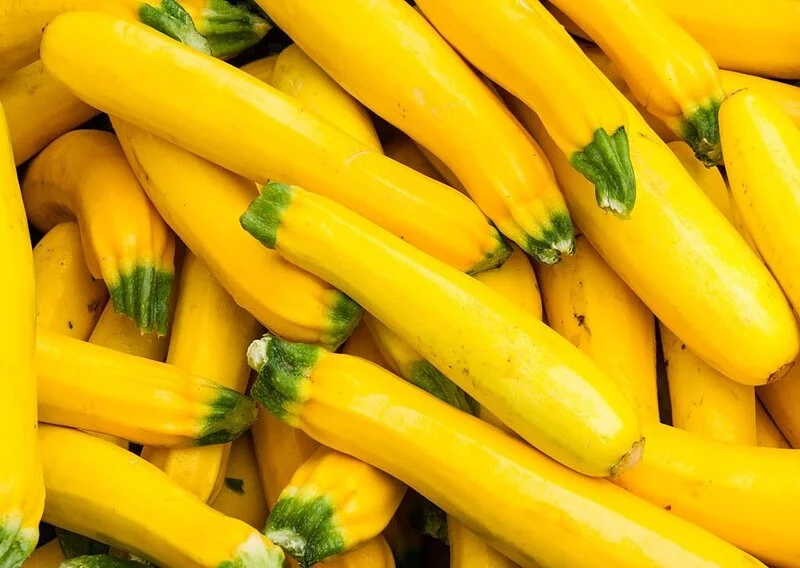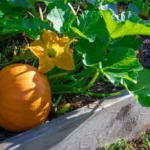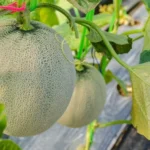Imagine a vibrant yellow vegetable that adds a burst of color and flavor to your meals – that’s the delightful world of yellow squash! From salads to stir-fries, this versatile vegetable is a favorite among many. But what happens when you’re not sure if your yellow squash is still good to eat? That’s where knowing how to determine if it has gone bad becomes essential.
In this article, we’ll unravel the secrets of identifying whether your yellow squash is fresh and safe to consume or if it has reached its expiration date. By following some simple guidelines, you’ll become a pro at detecting the signs of spoilage and ensuring that your culinary adventures are filled with only the freshest produce.
So, get ready to embark on a journey of yellow squash inspection and discover the telltale signs of freshness or spoilage. Armed with this knowledge, you’ll be equipped to make informed decisions about the quality of your yellow squash, guaranteeing delightful and worry-free meals. Let’s dive in and learn how to tell if yellow squash is bad, ensuring that every bite is a taste of pure deliciousness!
- Name: Crookneck Squash | Type: Heirloom
- Size at Maturity: 5″ – 6″ Long | Days to Maturity: 75 Days
- Light Requirement: Full Sun | Planting Time: Warm Season
- Sowing Method: Direct Sow | Planting Depth: 1″ | Plant Spacing: 24″ – 36″
Examine the Appearance
Imagine holding a yellow squash in your hand, ready to assess its freshness. The first step is to examine its appearance. Look for a vibrant, bright yellow color, indicating that it’s still fresh and full of flavor. The skin should be smooth, without any blemishes or dark spots. If you notice any discoloration, mold, or unusual spots, it’s a sign that the yellow squash has gone bad.
Assess the Texture
Now, let’s move on to the texture. Gently press your fingers against the squash. Fresh yellow squash should feel firm and slightly crisp. If you notice that it feels soft, mushy, or wrinkled, it’s a clear indication that it’s past its prime and should be avoided.
Check for Odor
Engage your sense of smell to assess the odor of the yellow squash. Take a gentle sniff near the stem end. Fresh yellow squash has a mild, earthy scent. However, if you detect any strong or unpleasant odors, it’s a sign that the squash has spoiled. Trust your nose to guide you in determining the freshness of your yellow squash.
By examining the appearance, assessing the texture, and checking for odor, you can become a skilled detective in identifying whether your yellow squash is still good to eat. Remember, fresh and vibrant appearance, firm texture, and a mild scent are the signs of a healthy yellow squash.
Consider Storage Conditions and Shelf Life
Now, let’s talk about the impact of storage conditions on the freshness of your yellow squash. Proper storage plays a crucial role in preserving its quality. Yellow squash should be stored in a cool and dry place, such as the refrigerator. This helps extend its shelf life and keeps it fresh for a longer period. Remember, leaving it at room temperature for too long can speed up spoilage. Keep an eye on the shelf life of your yellow squash, as it can vary. It’s always a good idea to check the “use-by” or “best-by” date on the packaging if available.
When in Doubt, Discard
In matters of food safety, it’s better to be safe than sorry. If you have any doubts about the freshness or safety of your yellow squash, it’s best to discard it. Your health and well-being are important, and consuming spoiled produce can lead to unpleasant consequences. Trust your instincts and rely on the guidelines we’ve discussed. When in doubt, it’s better to let go of the questionable yellow squash and opt for fresh alternatives.
Conclusion
Congratulations! You’ve now become a yellow squash freshness expert. By examining the appearance, assessing the texture, checking for odor, considering storage conditions, and trusting your judgment, you can confidently determine if your yellow squash is still good to eat. Remember, vibrant color, firm texture, and a mild scent are signs of freshness. Take care to store your yellow squash properly to extend its shelf life. But if you have any doubts, don’t hesitate to discard it. Your health and enjoyment of meals are paramount.
Now armed with this knowledge, you can confidently incorporate yellow squash into your culinary creations, knowing that every bite will be filled with the deliciousness of fresh produce. So, go forth and enjoy the flavors of vibrant yellow squash, ensuring a delightful and safe dining experience!





